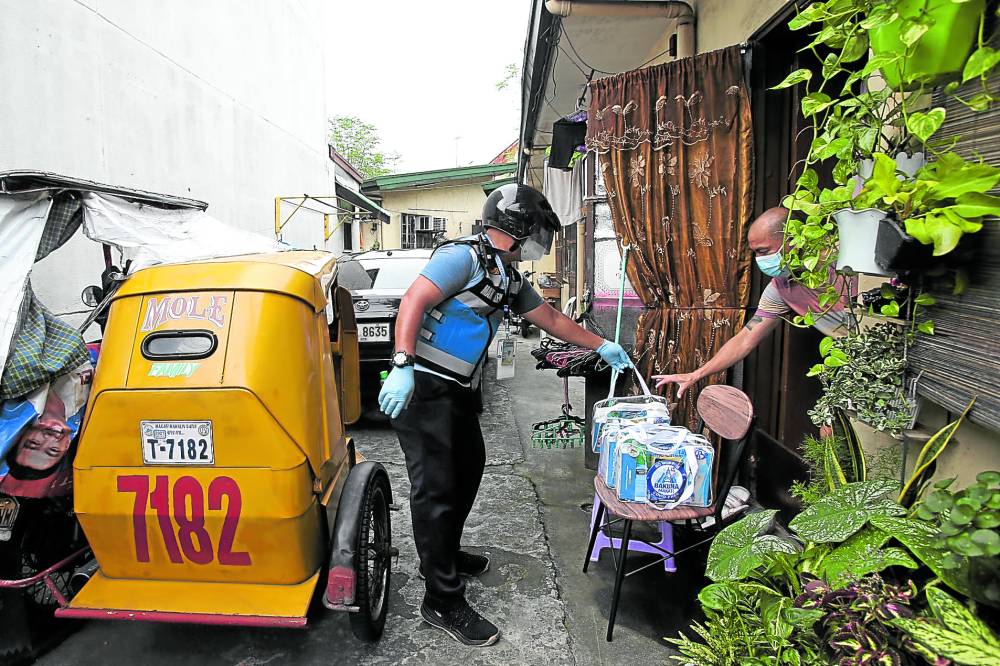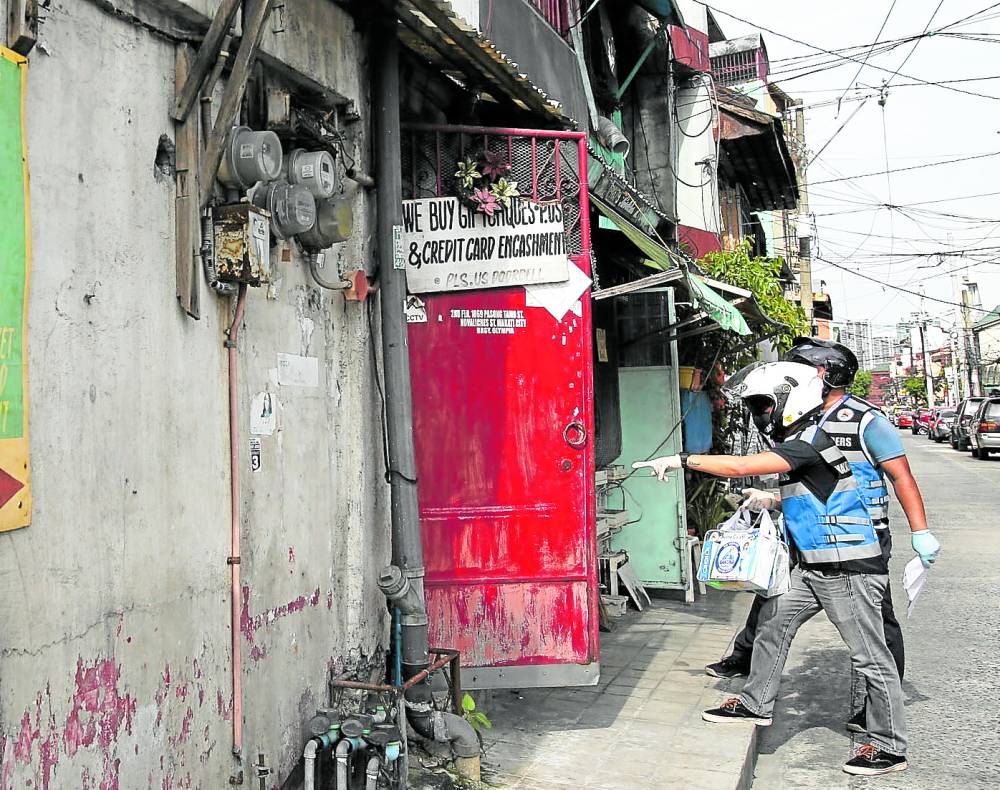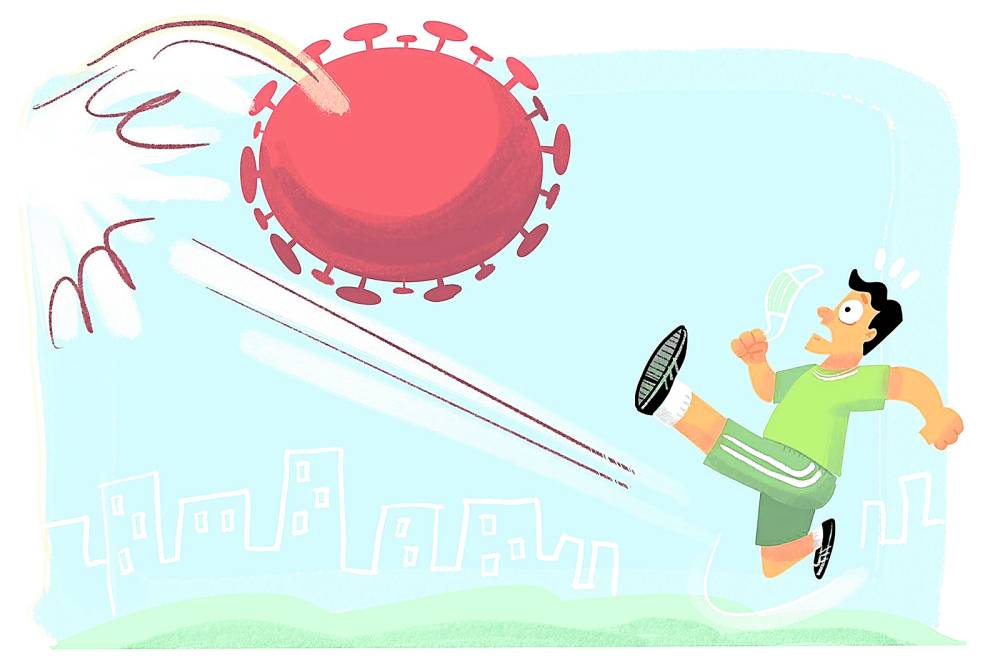
Despite close to two years of living in a pandemic and with Omicron, the latest COVID variant proving the most infectious, we are learning to live with the virus. Proper mask use, frequent hand-washing and maintaining social distance are de rigueur, but certain aspects continue to evolve.
People used to sanitize their groceries before bringing them inside, and early during the pandemic there was a rush to buy UV lights and wands. One friend used to soap down the fruit she bought but has stopped doing so after finding out it was not necessary. A thorough washing under running water was enough.
The quarantine period for those with COVID used to be 10 to 14 days. It has since been cut down to five days, with the reminder to recovered patients to continue wearing a face mask when indoors. It’s tempting to say we’ve come a long way since those first weeks of lockdown in early 2020, but it’s true.
For those who have gotten COVID and undergone quarantine or self-isolation more than once, the second time did not induce as much fear and anxiety.
“My first infection in August 2021 was tougher compared to the one a couple of weeks ago,” said Patrick Mayo, a freelance writer and Inquirer correspondent.
“Quarantine during my first infection was a struggle, especially when it came to moving around the room. For example, I would be coughing incessantly after taking only three steps to go to the bathroom. I had to sit down and rest for several seconds before taking another three steps.”
Less of a burden
Mayo also nursed a high-grade fever for several days, and had to monitor his oxygen saturation level. When he had to self-isolate again recently after contracting COVID, it was less of a burden because he only had a low-grade fever and did not have a hard time breathing.
“I believe my being vaccinated helped me during my second infection. I experienced very mild symptoms and though there was general weakness, it wasn’t as bad as my first bout with the virus,” Mayo said.
Medical front-liner Jeffrey Ramos had to self-isolate twice after experiencing COVID-like symptoms in August 2020. He is a nurse working at Philippine Heart Center in Quezon City.

“I had fever and a sore throat, so I had myself tested,” Ramos said. The results came back negative for COVID but positive for pneumonia. Since he had time off, he quarantined for a week, got tested again, and was soon back at work.
Just before New Year’s Eve, Ramos once again fell sick. He had a cough and cold and his throat was sore. For 10 days, he self-isolated at home.
“It’s a good thing my family was in Laguna at the time. We were all supposed to celebrate New Year’s Eve there, but when they learned about my condition, they decided to stay in Laguna while I recuperated.”
Ramos said he felt “more ready” this time around. “As a care provider, I knew what to expect, what to do. I just rested and caught up on my sleep. I felt secure because I was vaccinated and had already gotten my booster shot.”
Bank personnel were also hit hard by COVID, even as numerous branches required only a rotating skeleton force.
Bank employee Rhoan Lee and marketing officer Paul Carranto caught COVID twice and had to undergo quarantine both times.
Lee likened her first bout with the virus in mid-August 2020 to riding a roller coaster for the first time. “I was so scared, I didn’t know what to do. I was physically and mentally exhausted, and very worried about what might happen to my family,” Lee said.
Rest
When she contracted the virus again earlier this month, she felt more confident.

“Having been fully vaccinated and knowing the importance of boosting the immune system, I felt my second quarantine experience was better. One of the most important things I learned is to listen to my body. When you are sick and feeling ill, rest. If you feel fine the next day, rest again until you are fully recovered. Reconnect with your body and give importance to it,” she said.
Like Lee, who is his officemate, Carranto got COVID in August 2020 and then again earlier this month. “The second quarantine experience was better in the sense that the symptoms I got were milder. I was very anxious the first time I had the infection, since the death toll was higher then,” Carranto said. He credits getting vaccinated for the milder symptoms he experienced the second time around.
He had to self-isolate as he lives with family, none of whom tested positive for the virus. While recuperating at home, he read books, played online games and watched videos.
“Like that first quarantine, it was still practically a sleep-eat-rest routine,” Carranto said.
Freelance writer Mayo followed a similar routine the second time he underwent quarantine: lots of rest, vitamins and supplements, downed with copious amounts of water.
“With my second infection, I was able to go back to work four days after my symptoms appeared. That was the day when I stopped having headaches. I just had to make sure I drank my antibiotics on time. I also tried to get some sleep in the afternoon,” he said.













































